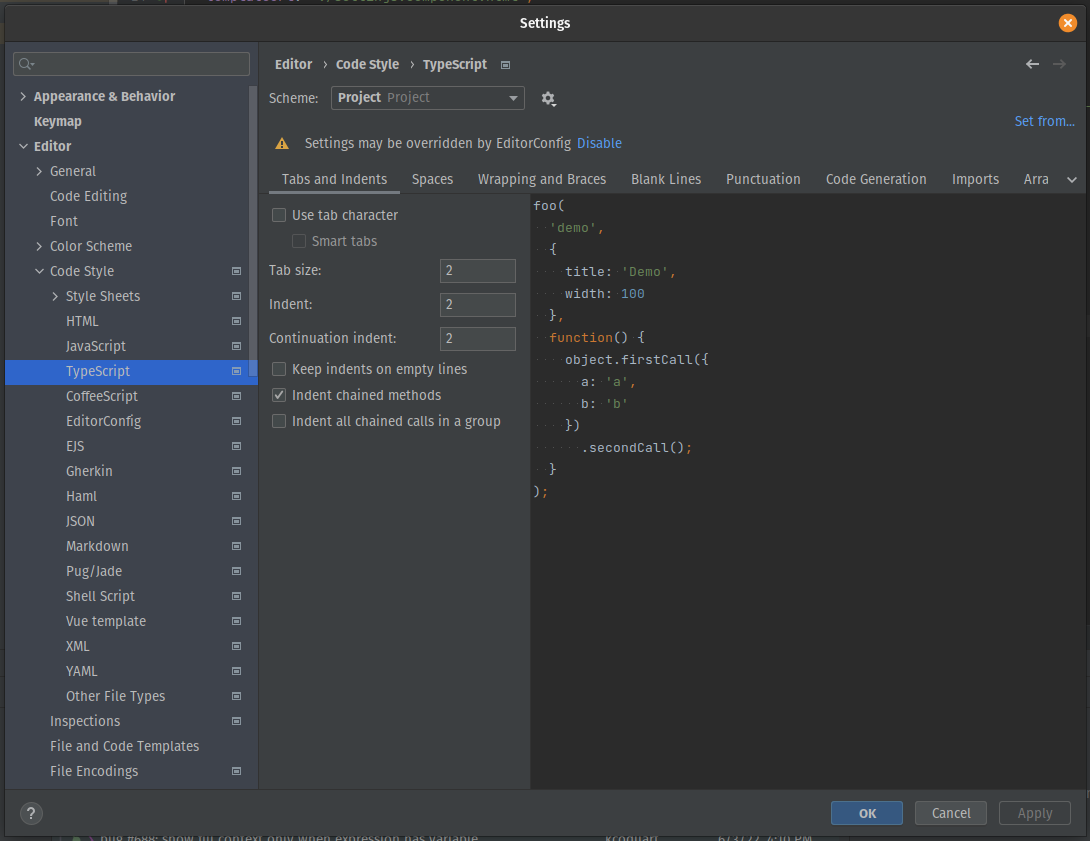Angular: @ViewChild() and @ContentChildren() decorators
With the release of OctoPerf's new UI we wanted to create a component that would allow our users to easily edit HTTP request actions.
The new UI being heavily inspired by IDEs such as Eclipse or Visual Studio we decided to create a component that behaves likes the project settings panel of IntelliJ:

This panel displays a tree on its left part with a search input on top. The content of the left part changes depending on the current selection.
While our simplified version will only display a list on the left panel, the idea is to create a composite component :
A visual component made of disparate or separate parts or elements, here a parent settings component and children settings panel components.



